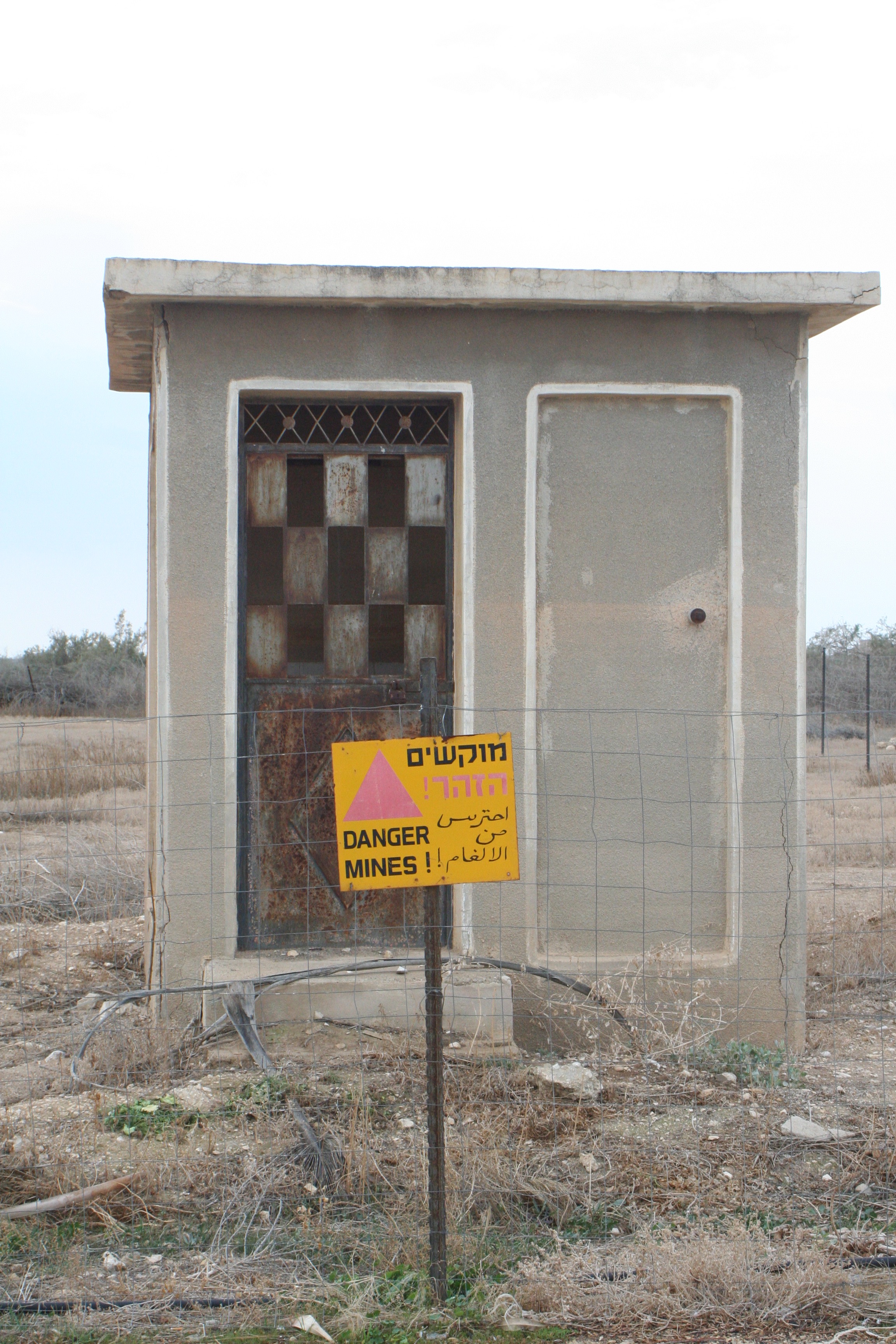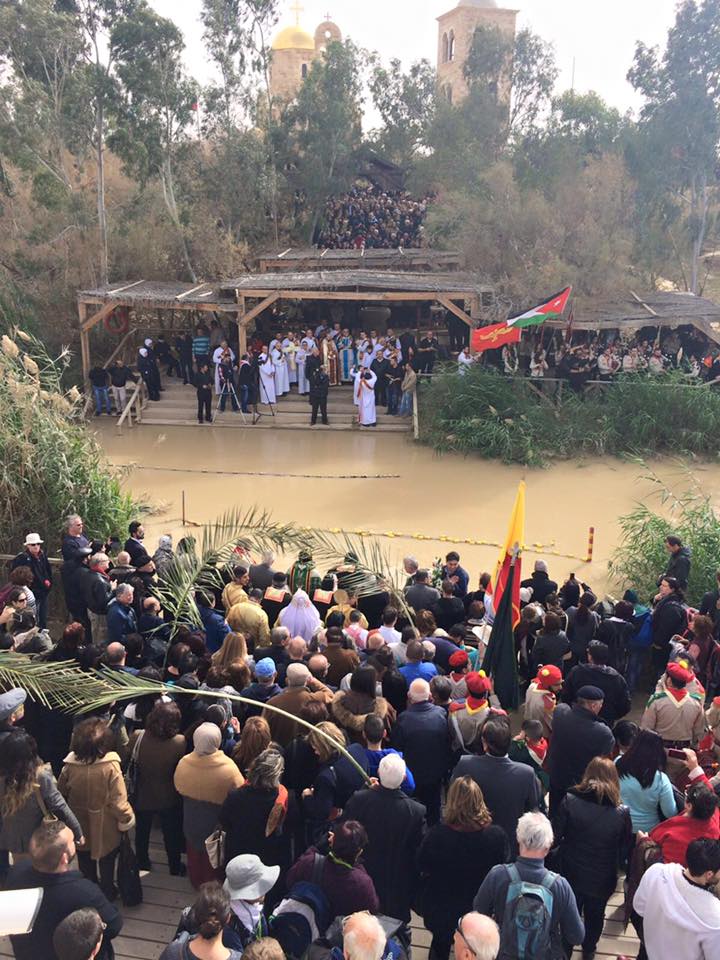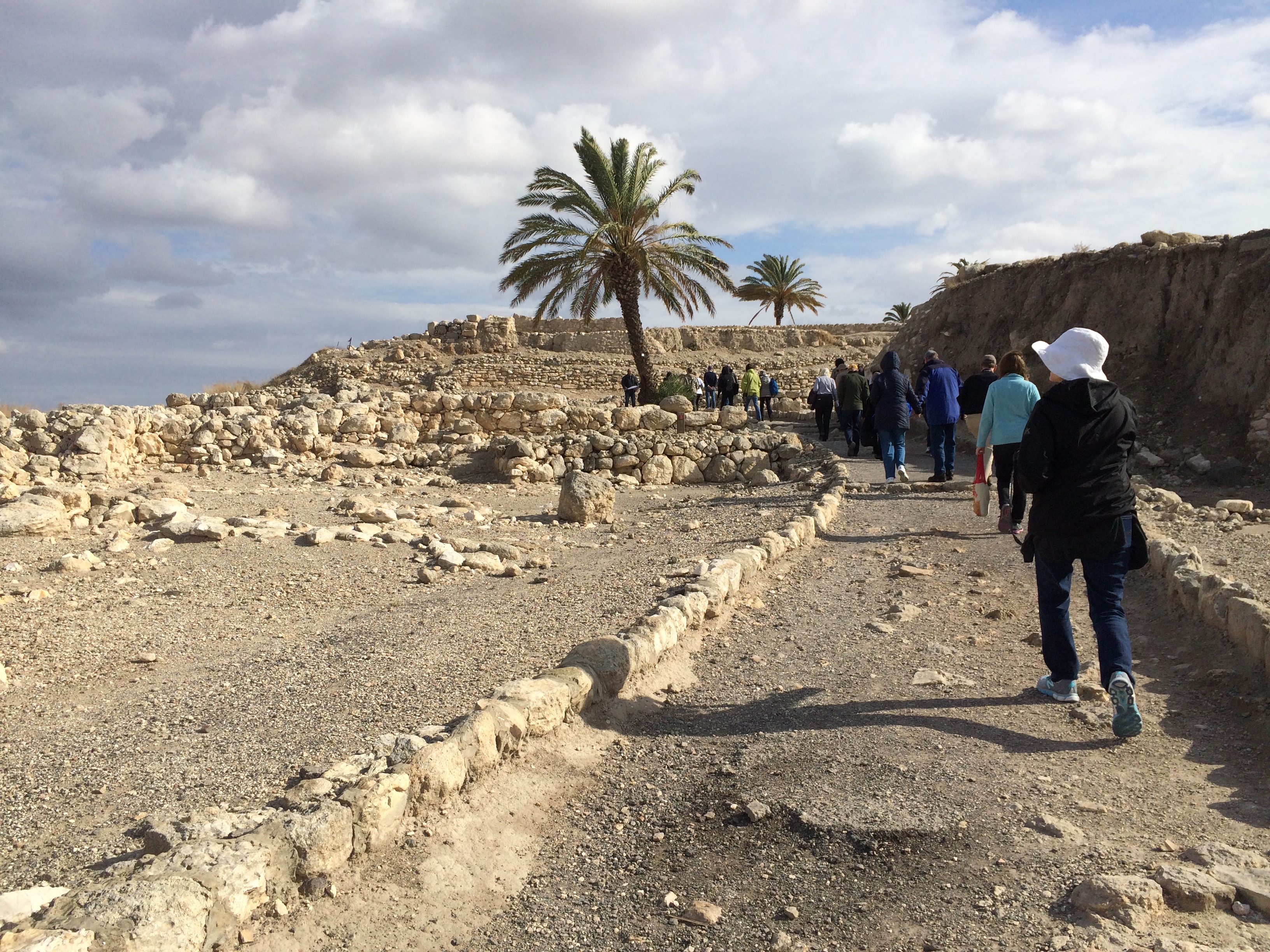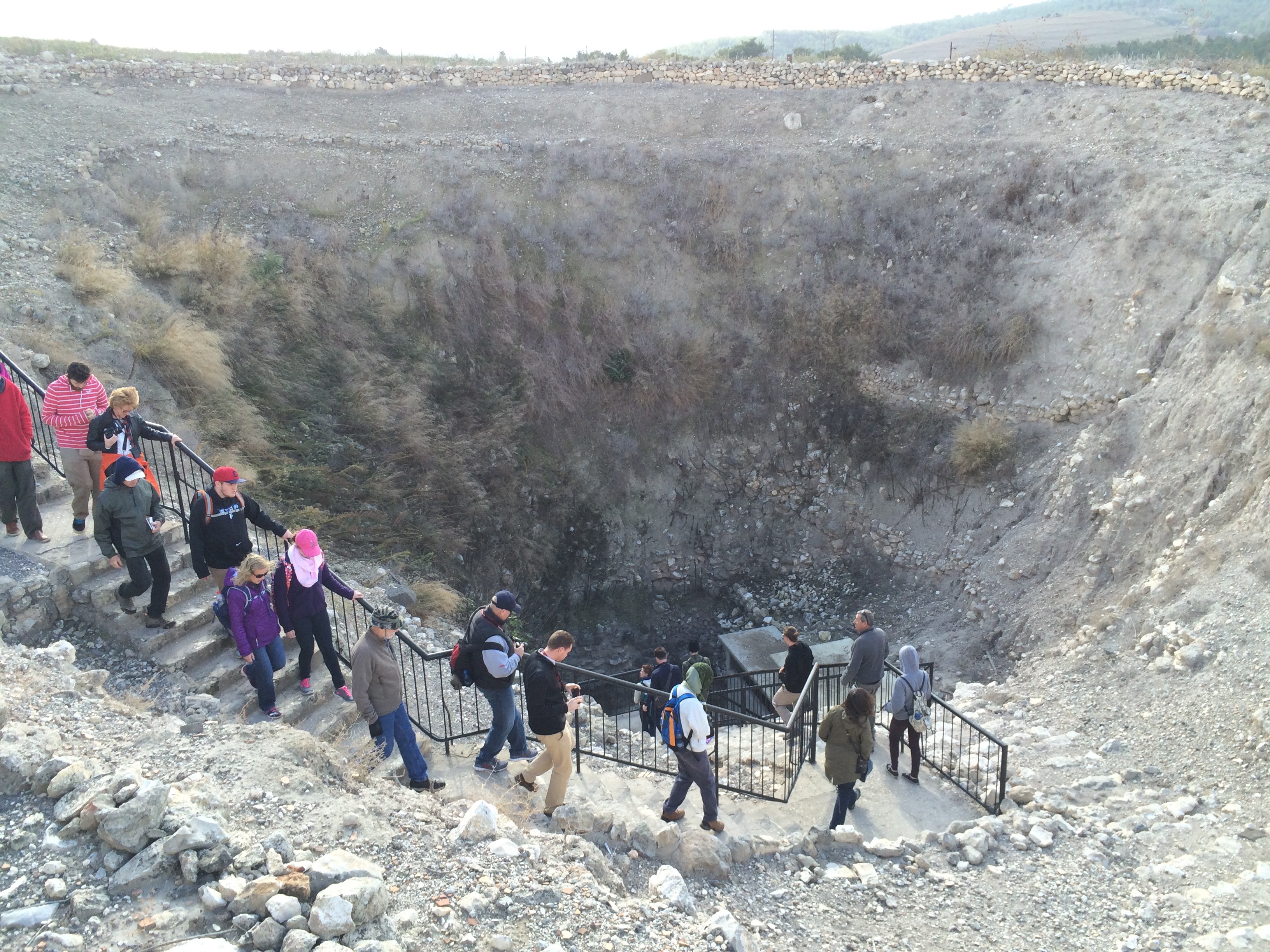Public Header: Add up to the minute announcements for your site visitors here! (Hidden from mobile visitors).
Blog
Add any number of blogs to your site. Make them viewable to any visitor, or only your members, clients, staff, or teams.
|
Mar |
It's the End of the World. You Vomit. What's Next? |
Posted by sklein 1 Comment(s) Add a Comment ![]()
In northern Israel you can visit Armageddon, the site of the final battle of good against evil. After arriving there last month, one of our group threw up – probably a fitting response to any situation that feels like the end of the world. But what do you do next When things are falling apart, what guidance does our faith give us for how to respond?
On the top of Mt. Megiddo or “Har Megiddo” in Hebrew (which gets transliterated into English as Ar-megiddo or Armageddon) sit ruins from fortified cities going back thousands of years. Throughout history armies have fought to control this high ground and the valley it overlooks.
On the day we visited, we went into a deep hole within the ancient city walls that inhabitants had dug by hand through solid rock to reach a spring, so that the city would have access to water in times of siege. Unfortunately for one of our group, days of travel, jet lag, different foods, and a long descent down a stairway led to “leaving lunch” at the bottom of the hole.
After we left I thought about how appropriate it was to throw up at an end-of-the-world site. When I feel like everything is falling apart and the world as I know it is coming to an end, I often feel sick to my stomach. However, that’s not the whole story either at Megiddo or at any other place that feels like the end of the world.
Our tour guide pointed out that from the top of Mt. Megiddo, you can see other nearby mountains. To the far left in the photo above you can see Mt. Carmel. To the far right is Mt. Tabor. And to the left of Mt. Tabor on the hillside is the city of Nazareth. When you find yourself at the end-of-the-world site of Armageddon around you are Jesus’ hometown of Nazareth, the hill where Jesus was transfigured and revealed as the Son of God, Mt. Tabor, and the mountain where the prophet Elijah battled an overwhelming number of enemies and emerged victorious, Mt. Carmel.
The geography of this area mimics the spiritual reality wherever we are. Even when things are falling apart and it seems like the end of the world, that’s not the whole spiritual landscape. God is also nearby doing good things: “And we know that in all things God works for the good of those who love him” (Romans 8:28 NIV). Sometimes we just have to look around. And sometimes we need to be the tour guide that helps others to look around and see the good that’s in view.
See you Sunday!
Rich

Rich Rindfuss
Access Pastor
First United Methodist Church Richardson
|
Mar |
When a Wall is About Tearing Down Walls |
Posted by sklein 1 Comment(s) Add a Comment ![]()
Christians often strive to tear down walls that separate people. Recently, though, I visited a church that had an elaborate wall at the front of its worship space, separating the congregation from a symbolic holier place where the priests hang out. Initially offended by this wall, I gained a new appreciation for it when I learned how it’s used every Sunday during worship services.
I took this photo inside the Church of the Annunciation that sits at one possible location in Nazareth where the angel, Gabriel, announced to Mary that she would give birth to Jesus.
Our tour guide explained that Greek Orthodox churches feature ornate walls like the one behind him to recall the curtain in the Jerusalem temple of Jesus’ time. That curtain separated everything else from the “holy of holies” where God dwelt. Every Sunday the priests re-enact a dramatic scene during Jesus’ death on the cross that’s related to that curtain.
Matthew 27:51 records that when Jesus died, the curtain in the temple tore from top to bottom. This exposed the holy of holy spaces and symbolized that in Jesus God had ended the separation of people from God. At each worship service Greek Orthodox priests go behind the wall, prepare the bread and wine of communion, and then bring them through the wall to the congregation. I found myself drawn to the symbolism of every Sunday re-enacting God’s move in Jesus to leave designated holy places and go out to the normal places where normal people live.
As Julie and I lead Access we try to break down symbolic walls that might separate people from God. We explain technical church language when we use it, invite congregation members actively to participate in what’s happening, engage multiple senses in worship, and more. We’ll not likely ever build a wall in our Access worship space, but I see and appreciate the creative way Greek Orthodox churches use their walls to proclaim the same access to God that we celebrate.
How might you help people experience the God that’s not confined to designated holy spaces? It might be as simple as inviting someone to join you at Access!
Speaking of joining you at Access, this Sunday we’ll continue our “God Questions” series of sermons with a look at a tough question Jesus asked about judging others. We’ll also encounter God’s presence with us through music, prayer, giving, and the communion meal.
See you Sunday!
Rich

Rich Rindfuss
Access Pastor
First United Methodist Church Richardson
|
Mar |
I Found Hope Between Minefields |
Posted by sklein 0 Comment(s) Add a Comment ![]()
I recently visited the Jordan River with members of our church. The river separates Israel from the country of Jordan, and the road leading to the river has minefields on both sides. Standing in the water between the minefields I found a spot of hope.

Our group visited a site on the Jordan River where John the Baptist may have baptized Jesus. Rev. April Johnson Bristow from our church and I climbed into the water and helped a few brave souls remember their baptism by submerging them in the 50 degree water. Incidentally, April is tough. She spent the whole time in the water without a wetsuit!

Baptism gives hope, reminding us of our identity as children of God, and baptism in the Jordan has particular symbolic significance. The water in the Jordan flows into the Dead Sea where nothing can live and serves as a metaphor for God’s forgiveness “washing away” our sins.

About a week after we returned from Israel, our tour guide posted a photo from where we had been that gave me another image of hope from the Jordan River. On the day of his photo Christians on both sides of the river gathered for a joint worship service. Mines lay everywhere else along the bank, but here at this spot faith in Christ brought people from both countries together for a common purpose.
Faith in Christ has the power to transcend so many differences, to bring people together in peace, and to give hope. May my faith and yours be that kind of faith.
See you Sunday!
Rich

Rev. Rich Rindfuss
Access Pastor
First United Methodist Church Richardson




